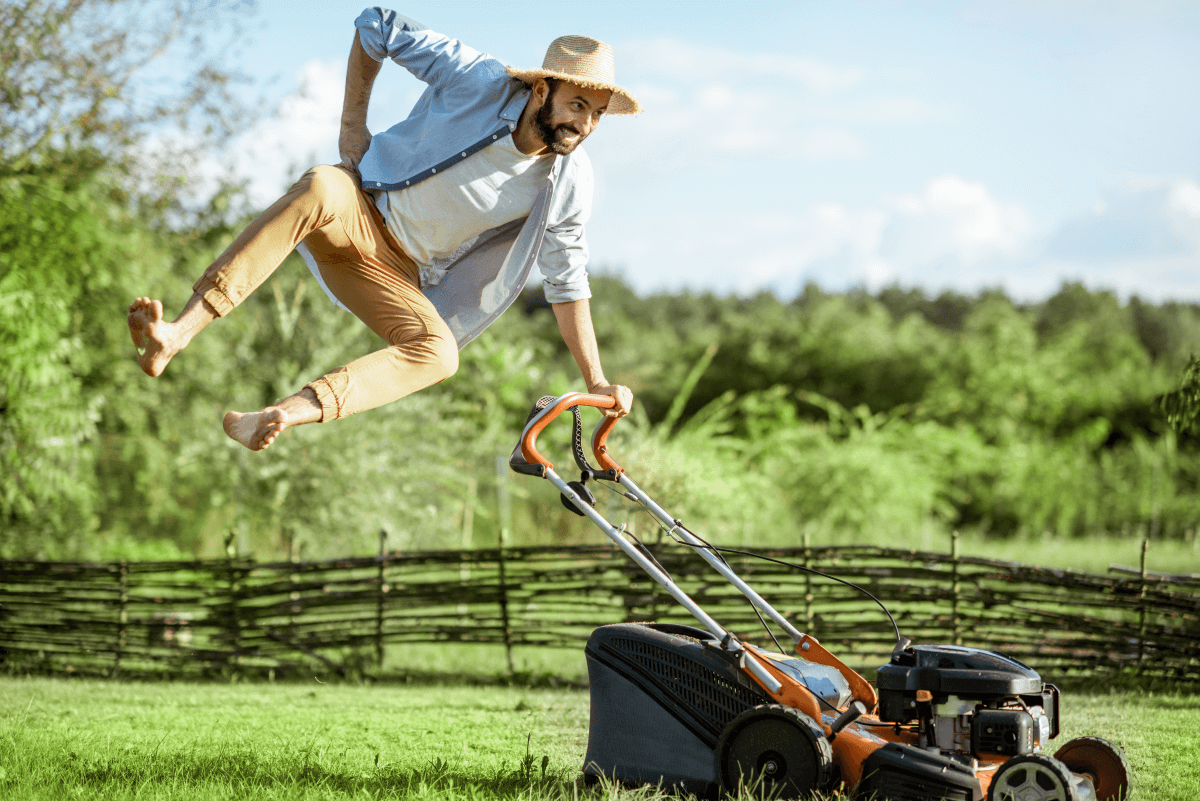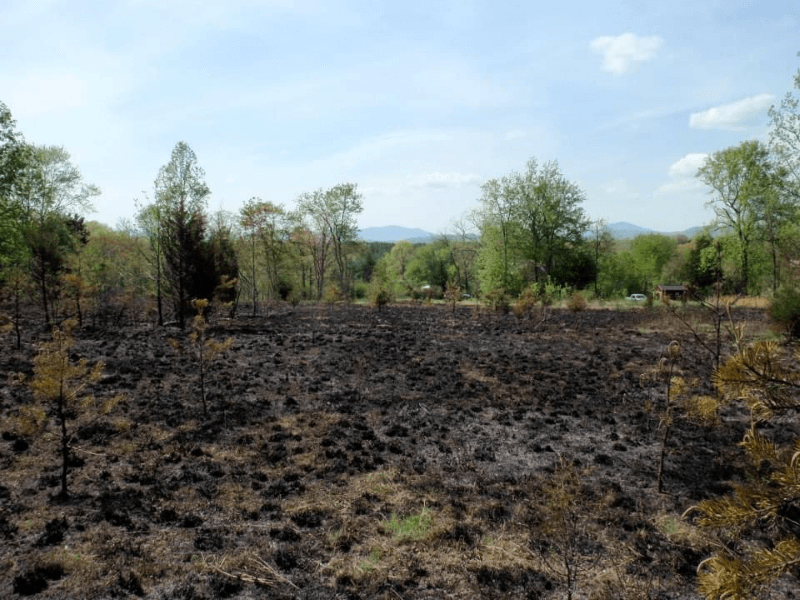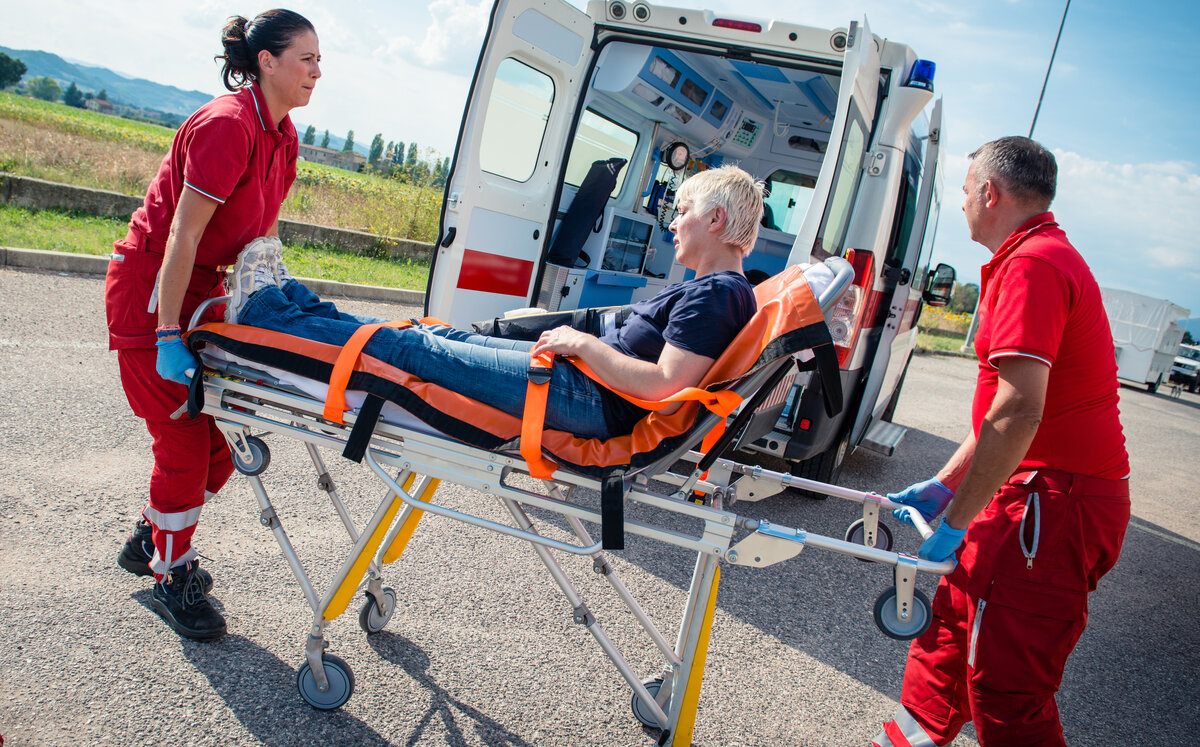
Yard chores might seem mundane, but unsafe practices can lead to injury, illness, or even death.
Over the past decade, 3.2 million U.S. residents have been injured while working on their lawns or in their gardens. Lawn mower accidents cost patients an average of $37,000 in medical treatment.
LawnStarter surveyed over 1,000 U.S. homeowners about their history, habits, and concerns related to lawn care accidents and injuries.
See the results below, including demographic insights such as age, education, and income.
Contents
Survey Results
Ask the Experts
We turned to a panel of experts for their best safety advice for handling yard maintenance. Read their insights below.
- What are your 3 best personal safety tips to practice while maintaining landscaping, gardens, and outdoor spaces?
- What lawn mowing equipment is safest to use? Which is the most dangerous?
- What are 3 of the most common injuries related to lawn care and landscaping?
- What protective equipment is most necessary for doing outdoor work?




What are your three best personal safety tips to practice while maintaining landscaping, gardens, and outdoor spaces?
1. Protect yourself from the sun by utilizing sunscreen, sun hats, and long-sleeved shirts and pants.
2. Gloves are essential when maintaining landscapes to prevent any chemicals from being absorbed through your skin and to prevent insect contact with your skin or abrasions or splinters.
3. Proper footwear such as closed-toed shoes or boots and long socks will also protect you from weed whacker strings, blades, flying debris, insects, dirt, and other hazards.
What lawn mowing equipment is safest to use? Which is the most dangerous?
Most lawn equipment intended for homeowners is safe as long as care and common sense are used when operating the machinery. Machinery should be regularly inspected and maintained following manufacturer instructions to ensure that blades are secured tightly, proper fluids are within the machine, and other considerations.
Common sense would dictate that other distractions should not be a part of operating lawn equipment, like headphones at a high volume, utilizing cell phones, drinking or eating or other distractions.
All senses should be focused on ensuring nothing goes wrong with the machine or there are no obstacles to run over, particularly if there are children in the area.
What are three of the most common injuries related to lawn care and landscaping?
Not sure, but I would assume that the injuries like cuts or sunburn would be due to not following the above suggestions for safety.
What protective equipment is most necessary for doing outdoor work?
Wear protective equipment such as:
- Gloves
- Sunhats
- Sunscreen
- Closed-toed shoes and socks
- Respiratory masks when appropriate.
While certain lawn and garden chemicals may not be particularly hazardous to human health, there is always a chance and there is no real need for those chemicals in your lungs.

What are your three best personal safety tips to practice while maintaining landscaping, gardens, and outdoor spaces?
- Regarding safety for homeowners with rotary mowers, be sure to disconnect the spark plug wire when any handwork is required under the deck of the mower.
- Also, be sure to wear ear and eye protection when using power equipment in the landscape (hedge clippers, rotary mowers, edging equipment, string trimmers, etc.).

Note: It is important to note that it is very important to get unbiased research-based information wherever possible. A great place to start is your local County Extension Office. They often can provide you with local information to help you stay safe and garden smart.
The Florida-Friendly Landscaping (FFL) Program is part of the University of Florida/IFAS Extension program and strives to teach people how to design and maintain landscapes while protecting our water and natural resources.
You can learn more about the FFL program at www.FloridaFriendlyLandscaping.com.
What are your three best personal safety tips to practice while maintaining landscaping, gardens, and outdoor spaces?
- Stay hydrated and take advantage of the cooler times of the day to get your yard work completed.
- Protect yourself from the sun by using sunscreen, hats, and protective clothing.
- Use quality tools to reduce fatigue and make gardening easier.
What lawn mowing equipment is safest to use? Which is the most dangerous?
Power tools in general can be dangerous, so always use caution with lawn mowers and other equipment.
- Be sure to maintain any equipment regularly.
- Pick up rocks, sticks, and any other debris prior to mowing.
- Wait for the grass to dry before mowing.
- Wear appropriate shoes and clothing to protect you while mowing and working in the yard.
What are three of the most common injuries related to lawn care and landscaping?
I would think that the three most common injuries related to maintaining a landscape or garden would be:
- Heat exhaustion or dehydration.
- Muscle fatigue.
- Excess exposure to the sun.
What protective equipment is most necessary for doing outdoor work?
- Protective equipment should start with clothing to protect you from the sun.
- Gloves, eye protection, and sturdy shoes will help you stay safe as you work.
- Purchase quality tools that will last and will make the work easier.
- During the hot times of the year, take advantage of the cooler hours of the day to get much of the work accomplished.
- Be sure to stay hydrated as you work.
Behind the Survey
LawnStarter collected survey responses from a random sample of 1,009 U.S. adults aged 18 or older via Alchemer and Cint between June 19 and 20, 2024.
Each response was anonymized using a unique user ID generated and assigned by Cint.
Final Thoughts: Staying Safe Outside
I’ll never forget the day when my dad was mowing the lawn and gas overflowed into the exhaust insulator pan, igniting a spark and quickly setting our property on fire.
We extinguished the flames with no human injuries (thanks to help from our neighbors and the fire department), but the incident scorched about 4 acres of land and reduced about 150 tree saplings to ashes.

Photo Credit: Sav Maive
Not everyone is so lucky to escape a lawn care mishap unscathed. An average of 875 people visit the emergency room every day to treat yard work injuries and around 10,000 adolescent injuries from mowing are reported each year.
Lawn mowing might look fun to young ones, but in the U.S. mowers are the leading cause of major limb loss for kids aged 10 and under. Experts recommend waiting until your child is 12 years old to allow them to operate a push mower and 16 years old to drive a riding lawn mower.
Additionally, last July was the hottest month on record, and heat-related cardiovascular deaths are expected to triple by 2050.
Accidents happen from time to time and are mostly unpredictable, but prioritizing safety and being informed can prevent them from getting out of hand.
Explore our tips and guides below to learn more about safe lawn maintenance practices.
- Use the OSHA Heat Safety app to see if it’s too hot to handle outdoor chores.
- Know the signs of heat-related illnesses like heat exhaustion and heat stroke.
- Follow our lawn mower safety tips.
- Take care to protect kids and pets from outdoor hazards.
- Stretch and stay hydrated for safe gardening.
- Keep an eye out for pedestrians and vehicles when working alongside the road.
- Before picking up the ax or chainsaw, know how to cut down a tree safely.
- Carefully follow product directions when using chemicals or spraying for weeds.
Better yet, hire a local LawnStarter crew to safely handle all your lawn care and landscaping needs while you enjoy the air-conditioned comforts of your home.
Main Photo Credit: rh2010 / Adobe Stock / License




